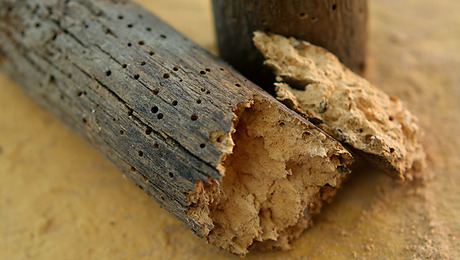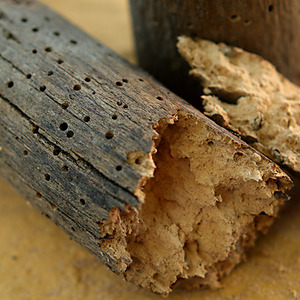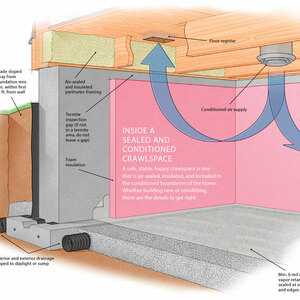Hello,
Will be building a 14×18 one-story shed and would love some input. I have nine 18″ dia holes dug to beneath frost line to solid and undisturbed earth, in three rows of three each. Will be filling 12″ sonotubes with cement to about a foot above grade. Will have double PT 2x10s as girders on each of the three rows (across the 18′), with PT 2x8s (7′) every 16″ for joists. This frame will sit on the cement posts, fastened to them with nine (one at each pier) simpson 4x anchors that will be set into the concrete. Then 3/4 PT CDX ply flooring, and the normal vertical from there.
Was wondering if I should have gravel in the hole and how much, and/or if I should have a concrete footing of sorts, maybe a few inches or so across the bottom of each 18″ hole, or if the “12 dia sonotube is footing enough.
Any thoughts or input greatly appreciated! thanks.


















Replies
IMO, that is plenty unless the soilk has almost no load bearing capacity, such as in a black muck swamp.
Make sure that you use hot dipped galv or SS fasteners and Simpson hardware rated for the PT. This new stuff rots metal right out
Welcome to the
Taunton University of Knowledge FHB Campus at Breaktime.
where ...
Excellence is its own reward!
Typiclly the bottom of your holes should be flared out to 18 to 24". The flare at the bottom helps to prevent frost up-lift and provides more soil bearing capacity. Uplift is a more common problem in heavier clay soils than in sandy soils. Just take your posthole diggger and dig the bottom wider. Place your Sonotubes so the stop a foot or so short of the bottom of the hole.
Gravel in the bottom is unnecessary and perhaps unwise.
The flare would spread the load over a larger foot, but these are 12" tubes, not 8", and he is placing them close and it is a small building. If he were using only 6 or 8" tubes, I would say flare them, or use Bigfoot bell basesThe flare would help prevent uplift if he is barely to frost level, but if he digs below frost level, there is no way they will lift. Another way to get a bit of a knob for anchoring is to cut a palm sized chunk away from the base of two opposite sides at the bottom of the tube. Just enough crete flows out to make a knuckle to anchor without using near as much crete.
Welcome to the Taunton University of Knowledge FHB Campus at Breaktime. where ... Excellence is its own reward!
appreciate the advice and input, thanks